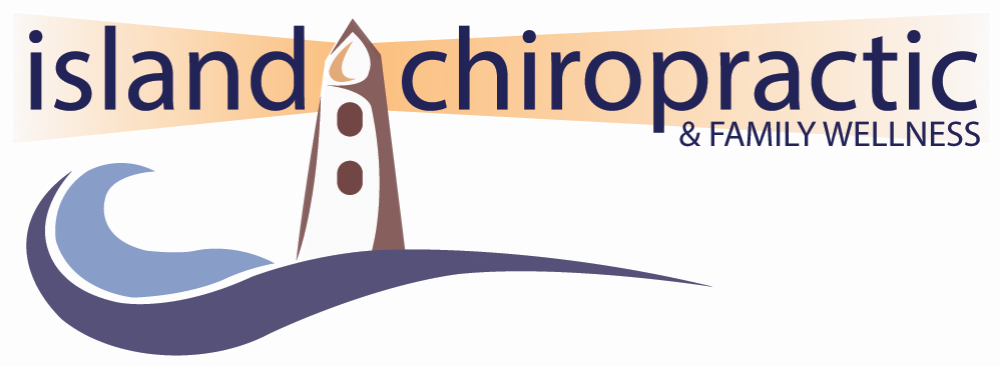Originally daylight savings was implemented to make better use of daylight and conserve energy. The first recorded time change in Canada occurred in Thunder Bay in 1908. Many people report a transient disruption in sleep quality during the adjustment of the time change, a study published in 2020 actually demonstrated a number of adverse health side effects observed from the time change.
Side effects from time change include:
Increased risk of cardiovascular diseases (including heart attacks)
Increased risk of injuries (including injury from motor vehicle accidents)
Increased risk of mental and behavioral disorders
Increased risk of immune-related disease (including noninfective enteritis and colitis)
The cause of the increase of adverse effects is believed to be caused by the disruption in the circadian rhythm and the impact on sleep and recovery. The circadian rhythm is an individual internal process, regulated over a 24-hour period, regulating physiological processes that respond to light and dark.
It is believed that the loss of time in the spring time is associated with a higher risk of acute myocardial infarction (heart attack). The extra hour in the fall time change (and loss of daylight) is associated with a higher risk of depression or depressive symptoms. There is an increase of car accidents during the first Monday of the spring shift and increase during late Saturday night (Sunday morning) of the fall time shift.
How to make the time change transition
Early morning light exposure - Sunlight plays an enormous role in regulating hormones that are involved with the sleep/wake cycle. Try to get as much exposure to sunlight in the early morning hours and limit light in the evenings. This includes making your house brighter in the morning and darker in the evening. Closing blinds and only using incandescent coloured bulbs in the evenings can help the brain send out sleep commands in the evening.
Limit screen exposure - TV, phone and tablet screens all emit a light frequency that is similar to the blue wave light that the sun emits during the middle of the day. Your eyes receive these wavelengths and the brain interprets this information as daytime stimulus, which eventually shifts the release of hormones associated with sleep. Keep all devices out of the bedroom.
Start shifting your sleep a week in advance Adjust your clock by 10 minutes everyday leading up to the time change, allowing your body to adjust gradually over time.
Consume an Omega 3 oil supplement - Higher levels with Omega 3 DHA are associated with better sleep. A typical North American diet is high in Omega 6/9 but low in 3. Avoid a 3/6/9 supplement and focus on the Omega 3 instead.
Keep it cool in the bedroom - There is a drop in body temperature with sleep and an association with low body temp and amount of slow-wave sleep.
Limit caffeine in the afternoon - Inside the body the caffeine molecule competes with adenosine to ward off the tired/sleepy sensation. The “half life” of caffeine is around 6 hours, which means if you consumed 95mg (average cup of brewed coffee) of caffeine at 3pm, you will still have 47.5mg of caffeine working to keep you alert at 9pm.
Time change (especially the spring forward) can be a difficult time for many people. Not only is there an increase in adverse health effects of time change, but anyone with children will tell you that time change is a dreaded event. It is in our opinion that we should end daylight savings. What are your thoughts on this?
None of the information provided on this website should be substituted for medical evaluation, diagnosis, or treatment from a licensed healthcare practitioner. We would be happy to discuss your situation with you one on one to determine what’s best for your situation.
References:
Sleep foundation adjustments for time change
Hansen B, Sonderskov K, Et Al. Daylight savings tme transitions and the incidence rate of unipolar depressive episodes. Epidomiology 2017 May:28(3) 346-353.
Manfredini R, Fabbian F, De Giorgi A, Zucchi B, Cappadona R, Signani F, Katsiki N, Mikhailidis DP. Daylight saving time and myocardial infarction: should we be worried? A review of the evidence. Eur Rev Med Pharmacol Sci. 2018 Feb;22(3):750-755. doi: 10.26355/eurrev_201802_14306. PMID: 29461606.
Murphy PJ, Campbell SS. Nighttime drop in body temperature: a physiological trigger for sleep onset? Sleep. 1997 Jul;20(7):505-11. doi: 10.1093/sleep/20.7.505. PMID: 9322266.
Varughese, J, Allen R. Fatal accidents following changes in daylight savings time: the American experience. Sleep Medicine. 2001 January 2(1) 31-36.
Zhang H, Dahlén T, Khan A, Edgren G, Rzhetsky A. Measurable health effects associated with the daylight saving time shift. PLoS Comput Biol. 2020 Jun 8;16(6):e1007927. doi: 10.1371/journal.pcbi.1007927. PMID: 32511231; PMCID: PMC7302868.

